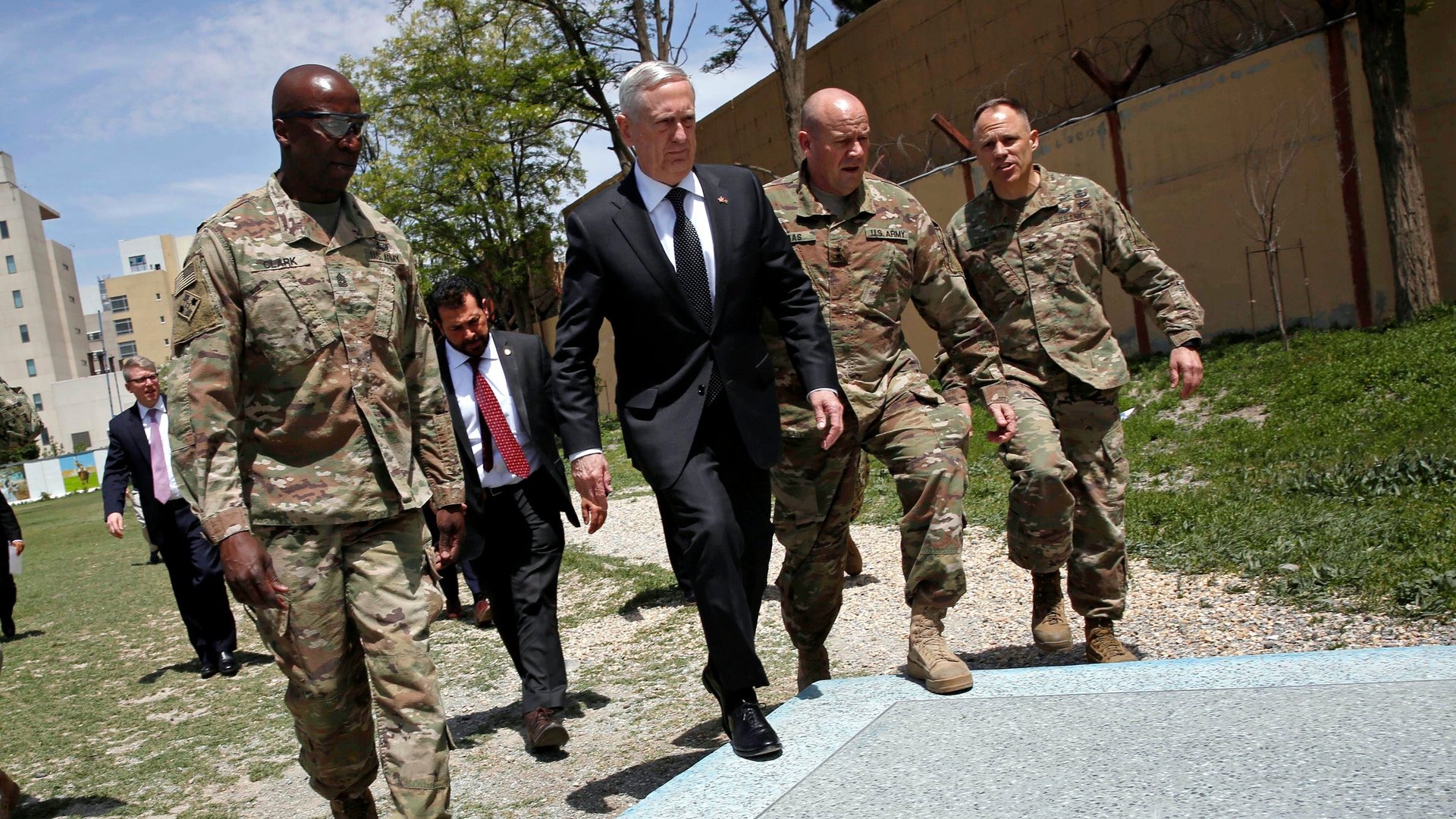Things are not looking good in Afghanistan, where the “government” only controls 60% of the country
With the world’s eyes trained primarily on Syria’s bloody civil war and the nuclear posturing of North Korea, news about the simmering conflict between the US-backed Afghan government and Taliban insurgents tends to slip between the cracks.


With the world’s eyes trained primarily on Syria’s bloody civil war and the nuclear posturing of North Korea, news about the simmering conflict between the US-backed Afghan government and Taliban insurgents tends to slip between the cracks.
But despite the lack of media attention, there are still more than 8,000 US soldiers deployed in Afghanistan, and now the Trump administration is weighing the addition of 5,000 more to help deal with the deteriorating situation there.
Today, the US government auditor of the reconstruction effort released a report (pdf) that makes it clear that the situation is deteriorating. The most obviously worrying statistics:
- Civilian casualties connected to the conflict tallied at 11,418 in 2016, the highest since 2009, while Afghan government forces face brutal casualty rates, with 807 members of the Afghan security forces killed in the first six weeks of 2017.
- More than 660,000 people fled their homes due to the fighting, the highest number recorded since the US invasion.
- The government of Afghanistan only controls about 60% of administrative districts, with 29% under dispute and 11% in the hands of the Taliban.
- Without foreign donors, the government would need to borrow the equivalent of nearly 40% of GDP, or $6.7 billion, to keep the doors open.
These conditions reflect the failures of the previous US president, Barack Obama, and his team to effectively solve Afghanistan’s political problems while pulling US troops from the conflict. After reaching a high of 100,000 in 2010, troop reductions were on pace for a total withdrawal in 2016. But in 2015, as violence increased, Obama announced the US would leave a small force in the country to bolster its unsteady government.
It’s not clear how the Trump administration will approach the war it has inherited—perhaps we’ll know more after Jared Kushner makes an impromptu visit. But the administration’s approach combatting Islamist extremists around the globe, including Iraq, Syria, Yemen and Somalia, may offer some hints. These policies include loosening the rules of engagement, which seem to be contributing to higher civilian casualties, increasing strikes from manned and unmanned aircraft, and putting more US soldiers into the conflict.
It is clear that any solution will require quite a bit more effort than simply dropping one large bomb, the Afghanistan decision most loudly trumpeted by Trump officials. James Mattis, the Secretary of Defense, visited Afghanistan in late April as part of broad swing through the Middle East.
The audit also tracked down waste and fraud in the reconstruction effort, noting one inquiry that ended in a $40 million settlement with Maersk Lines for filing false claims with the US government. Previously, SIGAR uncovered a $43 million gas-station boondoggle before US officials decided to stop answering many of the pertinent questions about the situation there.
Besides the internal struggle in Afghanistan and its repercussions in neighboring, nuclear-armed Pakistan, other geopolitical troubles are intruding on the Afghan mission. Trump’s campaign criticisms of NATO, despite recent backtracking, will make it difficult to convince US allies to send more troops to the theater. At the same time, the Secretary of Defense’s warning that Russia should stop supplying arms to the Taliban in a proxy war against the US suggests that deepening involvement could lead to another bloody stalemate.